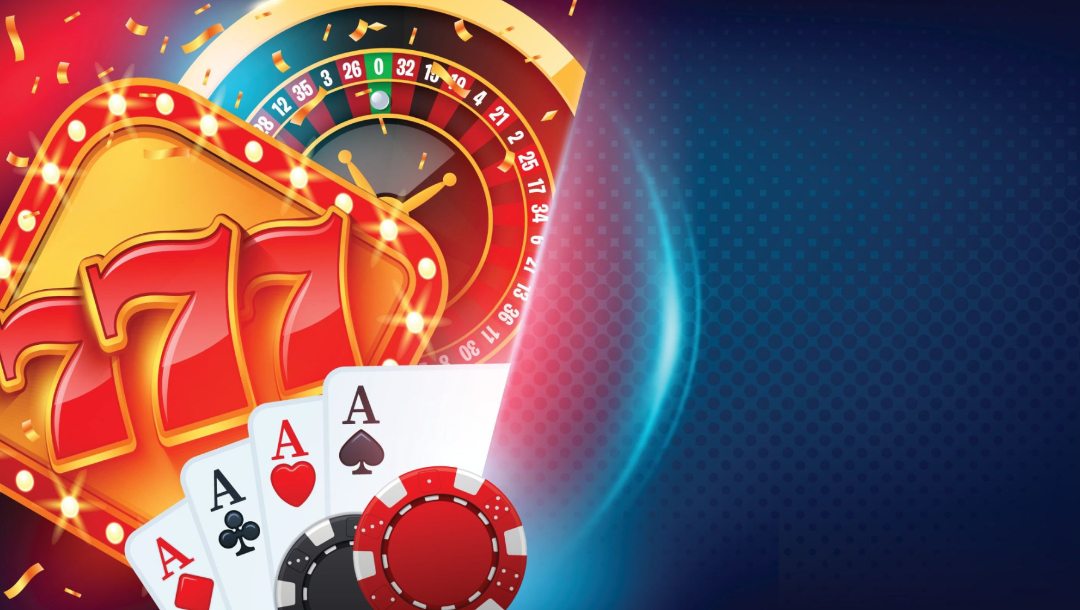
Casino games have long captivated the human imagination, drawing gamblers into a universe filled with luck, tactics, and the allure of adventure. Each activity is painstakingly crafted not just for fun, but also to evoke particular emotional responses that keep players engaged and committed. Understanding the motivations behind these designs reveals much about how human psychology plays a key role in the gaming experience.
From the bright lights and vibrant sounds to the intricate layering of systems and rewards, casino games are designed to create an atmosphere of excitement and expectation. Game designers leverage behavioral strategies to influence gambler behavior, whether through the use of jackpots, near-miss scenarios, or social connections. By examining these aspects, we can better appreciate how casino games fulfill not just a want for entertainment, but more profound psychological needs for adventure and hazard.
Comprehending Player Actions
Casino games are crafted with a deep understanding of gamer psychology, which is essential for attracting and retaining players. The thrill of the game, alongside the anticipation of winning, establishes a formidable draw. Game designers employ elements like sound effects, vibrant graphics, and engaging gameplay to capture attention and generate emotional responses. These sensory effects enhance the overall experience, making players feel more involved in the game.
Another notable aspect of player behavior is the notion of risk/reward dynamics. Casino games often balance risky situations with the potential for considerable rewards, which can cause the event known as near-miss effect. When players come close to winning, the brain produces dopamine, bolstering their behavior and encouraging them to keep playing in quest of that elusive win. This cycle of hope and letdown plays a critical role in how games are structured and marketed.
Lastly, social elements also play a central role in player behavior at casinos. Many games are made to be played in teams or alongside other players, fostering a sense of togetherness and shared experience. The social interaction inherent in games like blackjack enhances enjoyment and can culminate in prolonged gaming periods. Designers take advantage on this by crafting environments that encourage players to linger, socialize, and revisit, making the overall casino experience more inviting.
The Role of Imagery and Audio
Imagery and sound play a vital role in elevating the gambler’s experience within casino games. Designers utilize vibrant colors, striking graphics, and engaging animations to attract players’ attention and maintain their focus. The use of motifs, such as exploration or luxury, helps create an engaging atmosphere that transports players into another world. By appealing to the senses, these elements contribute to a intensified emotional response, prompting players to engage more profoundly with the games.
Audio design is just as important in enhancing the overall experience of gambling games. The combination of background music, audio effects for winning combinations, and ambient noises creates an sound landscape that keeps players fascinated. Audio cues associated with victories, such as chiming bells or celebratory music, evoke feelings of thrill and satisfaction, encouraging players to continue playing. These sound cues are carefully placed to enhance the thrill of the game and create a more immersive experience.
Moreover, the synchronization of imagery and audio is important for supporting the game’s overall theme and atmosphere. https://bandkpower.com/ Each element should coordinate harmoniously to create a unified experience that draws players in. The effective use of this synergy not only enhances user satisfaction but also boosts the chances of repeat play, as players become more engaged in the immersive world that the casino games offer. This thoughtful combination of imagery and sound ultimately enhances player involvement and loyalty.
Reward Structures and Participation
The creation of casino games significantly depends on reward systems to ensure participants involved and coming back for additional experiences. These structures are rooted in psychological principles that exploit human behavior and motivation. Players are often motivated by the thrill of success, which is reinforced by immediate feedback through the game’s design. This instant gratification not only enhances the gaming experience but also cultivates a sense of achievement, prompting participants to keep participating in hopes of bigger gains.
Casinos utilize various incentive systems, including large payouts, extra rewards, and increased rewards, to engage participants. These features create a level of thrill that maintains engagement. Additionally, the unpredictability of outcomes plays a significant role in keeping attention. The variable reward system, where successes are unpredictable but happen often enough, keeps players on edge and driven to keep playing. This cycle of anticipation and anticipation is foundational to the effectiveness of gambling experiences.
Moreover, social elements, such as competitive events and multiplayer features, enhance the participation factor by tapping into the competitive nature of players. The shared experience of gaming with fellow participants can amplify the excitement of success and create a community atmosphere within the casino. By combining these social dynamics with efficient incentive structures, gambling experiences not only provide fun but also foster a stronger connection among participants, solidifying their loyalty to the gaming experience.
